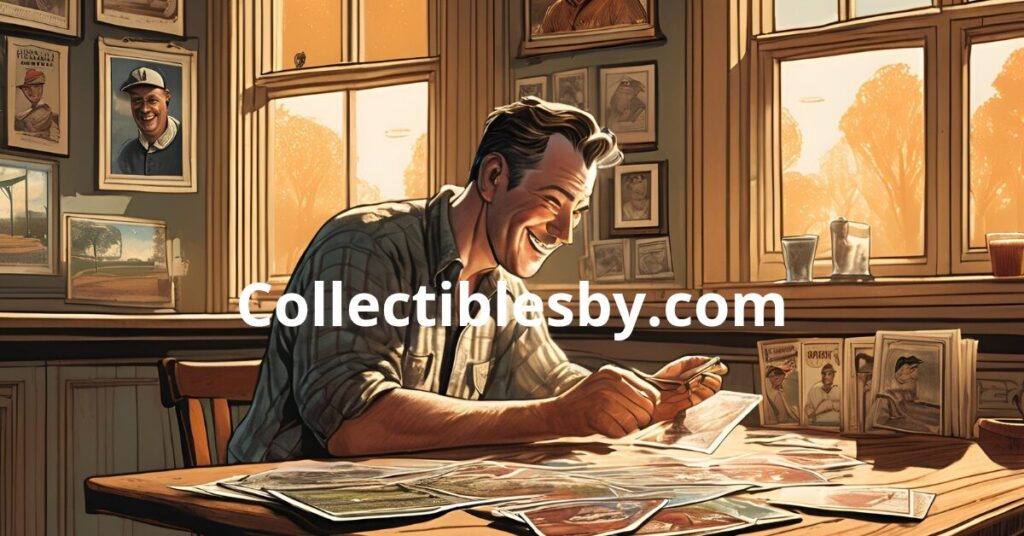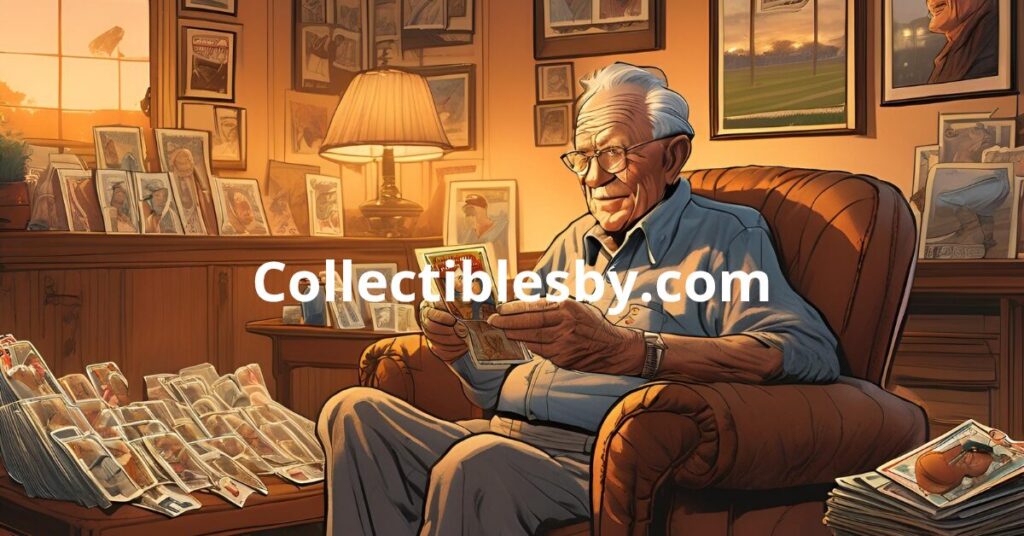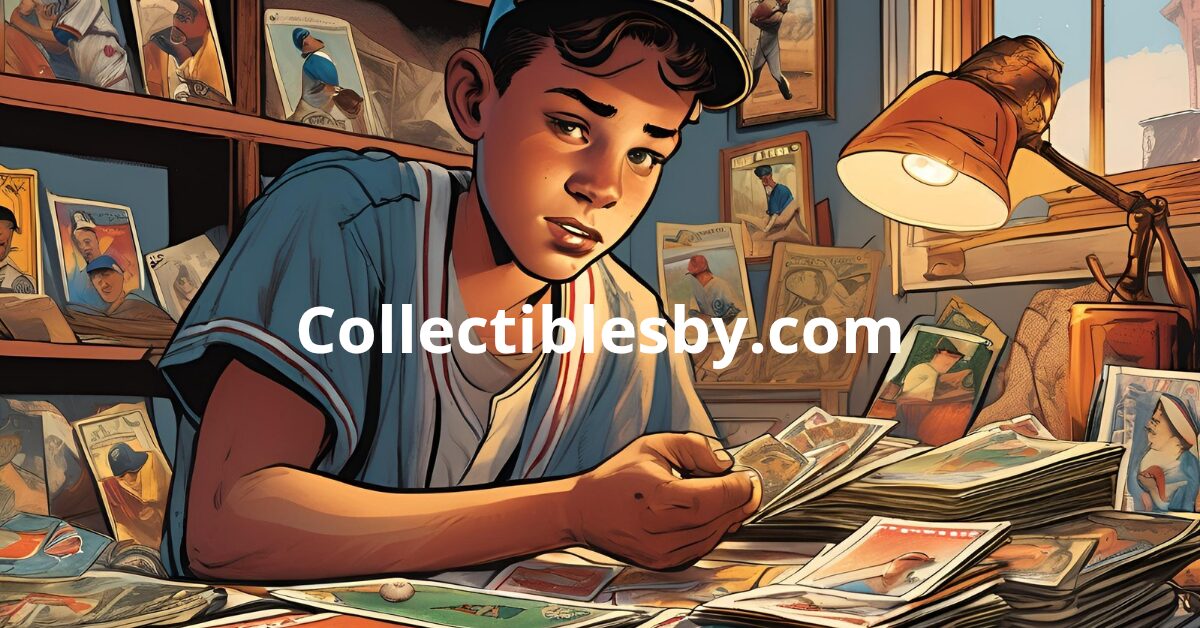Sixty Years of Flipping, Trading, and Treasuring: A Life Lived Through Baseball Cards
For six decades, the crisp snap of a fresh pack, the waxy scent of unopened cardboard, and the vibrant images of baseball heroes have woven a constant thread through my life. It began as a childhood obsession, a way to connect with the titans of the diamond, and evolved into a lifelong passion, a tangible chronicle of baseball history and personal memories. My journey through the world of baseball cards, spanning six decades, is a story of changing times, evolving values, and the enduring magic of a simple cardboard rectangle.
It started, as it often does, with a simple pack of cards purchased from the corner store with hard-earned pocket change. The late 1960s were a golden age for baseball, and the cards reflected that. Mickey Mantle, Willie Mays, Roberto Clemente – these were not just names, but legends, figures larger than life. Each card was a portal, a miniature window into their world. I remember meticulously organizing my collection, arranging them by team and then by player, the thrill of completing a set a tangible accomplishment. The cards were more than just pictures; they were a currency of childhood, used in trades and games on the playground, their value measured in subjective terms of popularity and perceived rarity.
The 1970s brought a shift in the hobby. The cards became more stylized, the photography more dynamic. The rise of players like Pete Rose, Johnny Bench, and Reggie Jackson filled my binders. Baseball card collecting, though still a passion, began to take on a more serious tone. The emergence of price guides hinted at the potential value of these seemingly simple pieces of cardboard. The thrill of finding a rookie card, the anticipation of its potential appreciation, added a new dimension to the hobby. I remember saving up to purchase complete sets, meticulously storing them away in hopes of future returns. The focus began to shift from simply collecting to investing, a reflection of the changing economic landscape.

The 1980s were a boom era for baseball cards. The market was flooded with new releases, and the demand seemed insatiable. The rise of rookie cards like Don Mattingly, Darryl Strawberry, and, of course, the iconic 1986 Topps Traded Barry Bonds, fueled a frenzy of collecting. Card shops popped up on every corner, and the hobby became a mainstream phenomenon. The internet was still in its infancy, so the primary way to acquire cards was through local shops, card shows, and mail-order services. I recall spending countless hours at card shows, navigating the crowded aisles, searching for that elusive card to complete my set. It was a time of excess, a reflection of the era’s overall exuberance.
The 1990s brought a rude awakening. The market was oversaturated, and the value of many cards plummeted. The “junk wax” era, as it became known, taught a valuable lesson about the importance of quality over quantity. However, amidst the chaos, a new era of innovation emerged. Companies began experimenting with different card designs, incorporating autographs, memorabilia, and limited-edition inserts. The rise of players like Ken Griffey Jr., Frank Thomas, and Cal Ripken Jr. kept the passion alive, even as the market corrected itself. I remember the excitement of pulling a certified autograph card, a tangible piece of baseball history. The hobby became more about the experience, the thrill of the chase, than simply accumulating cards.
The dawn of the 21st century brought the digital age. The internet revolutionized the way cards were bought, sold, and traded. Online marketplaces like eBay connected collectors worldwide, making it easier than ever to find rare and valuable cards. The rise of professional grading services like PSA and Beckett transformed the way cards were evaluated, adding a layer of objectivity to the hobby. The focus shifted from simply collecting to curating, building a collection of high-grade, investment-worthy cards. I started to focus on vintage cards, seeking out the iconic images of my childhood heroes. The nostalgia factor became even more powerful, as I sought to reconnect with the memories of my youth.
The past two decades have witnessed a resurgence in the popularity of baseball cards. The rise of social media has created a vibrant online community of collectors, sharing their passion and knowledge. The emergence of new card companies and innovative designs has kept the hobby fresh and exciting. The rise of players like Mike Trout, Shohei Ohtani, and Ronald Acuña Jr. has generated a new generation of collectors. I’ve found myself sharing my passion with my grandchildren, passing on the legacy of collecting. It’s rewarding to see their eyes light up as they discover the magic of baseball cards, just as mine did so many years ago.

Throughout these six decades, my collection has grown and evolved. It’s not just a collection of cards; it’s a collection of memories, a tangible representation of my life’s journey. Each card tells a story, not just about the player depicted, but about the time and place in which it was acquired. There are cards that remind me of childhood summers spent at the ballpark, cards that commemorate special occasions, and cards that represent milestones in my life.
Collecting baseball cards has taught me valuable lessons about patience, perseverance, and the importance of appreciating the journey. It’s a hobby that has brought me countless hours of enjoyment, and it’s a passion that I will continue to cherish for years to come. It’s more than just pieces of cardboard, it’s a living history.
The evolution of the hobby mirrors the evolution of society itself. From the simple joys of childhood to the complexities of the modern market, baseball cards have remained a constant, a tangible connection to the past and a source of inspiration for the future. The waxy smell, the crisp snap of a new pack, the feeling of holding a piece of history in your hand – these are the enduring elements that have kept me hooked for sixty years. And as I look at my collection, I see not just baseball cards, but a reflection of my life, a testament to the enduring power of a simple passion. It’s a hobby that’s been with me through thick and thin, through changing times and evolving values, a constant companion in a world that’s constantly changing. And for that, I am eternally grateful.

